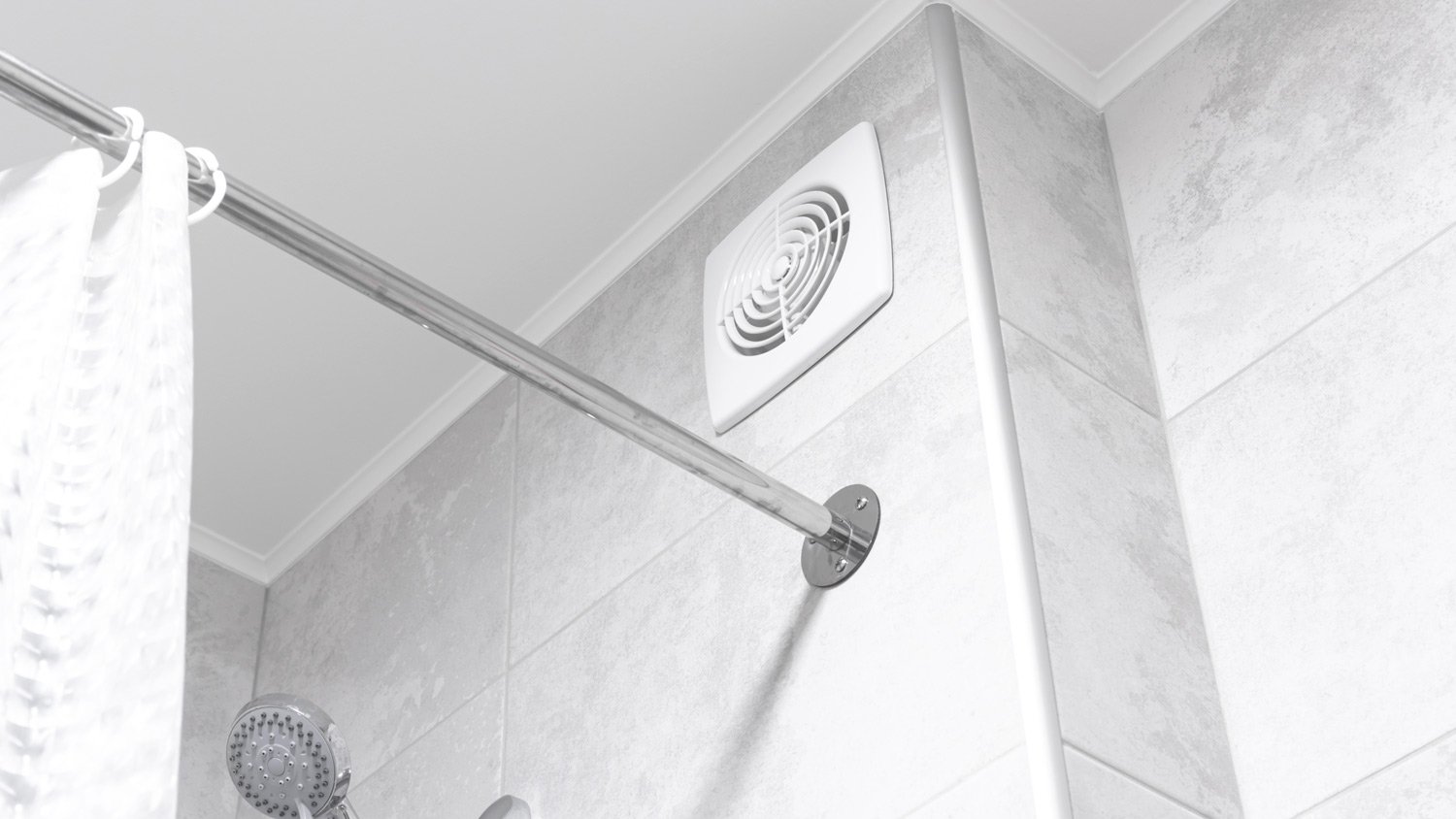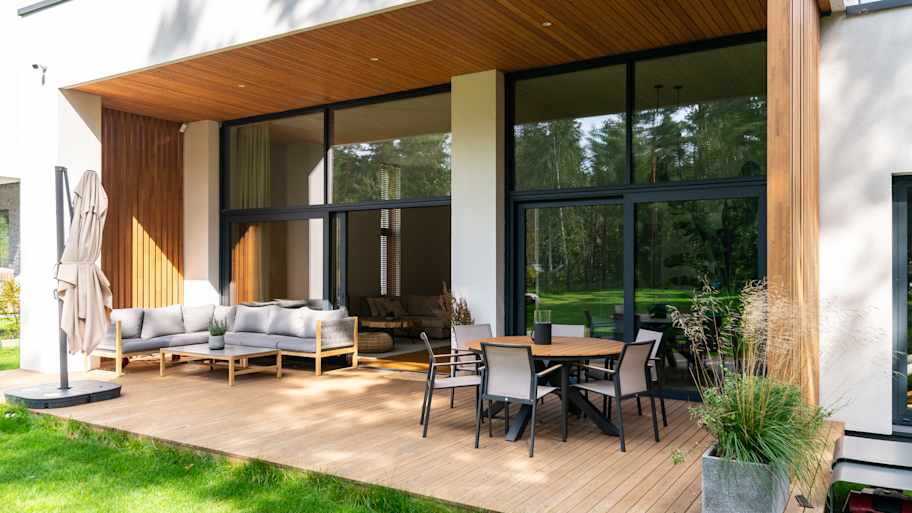
Curious how much general contractors charge per hour? Discover hourly rates, key cost factors, and tips to save on your next home project.
Don’t let your dream home improvement project become a nightmare


Improper permitting is a common building code violation.
Check for asbestos and lead paint to avoid a building code infraction.
Per building code, there are specific requirements for where you can place smoke alarms.
If you’ve ever completed a home improvement project, you know the terror that the words “building code violation” can invoke. Violations of local building codes can be expensive to fix—not to mention stressful. This guide explains six common building code violations and how to avoid them in your next home project.
Working without a permit may seem like a way to save money—but you’ll pay the price later. Permits ensure that the home improvement project, whether DIY or by a professional, is safe, reliable, and meets all of the energy standards that your municipality requires.
If a building inspector discovers that work on your property was not permitted correctly, you could pay thousands of dollars in fines or even face jail time. Hiring a pro for your project costs more because of general contractor markup and labor costs, but it can save you money in fines by ensuring all work is properly permitted.
The most common electrical causes of code violations include faulty wiring, missing ground-fault circuit interrupter (GFCI) outlets, and a lack of wiring for permanent kitchen structures.
Electrical wiring is one of those elements of a home that you don’t give much thought to until it stops working correctly. In addition to being inconvenient, improperly installed electrical wiring can be a building code violation. Faulty wiring can also be hazardous—it can cause electrocution and house fires and permanently damage your home appliances.
GFCI outlets are required for circuits installed close to water sources in bathrooms, kitchens, laundry rooms, garages, basements, and outdoors. They automatically cut power if they detect a current change, preventing electrical shocks. If you have new electrical wiring installed by a local electrician, ensure they install the correct number of GFCI outlets and account for the load your appliances will place on your system to avoid a building code violation.
Installing a permanent structure in your kitchen, like an island, without wiring, is a code violation. This is because having cords stretching across walkways is a safety hazard, as people walking through the kitchen could trip while you’re using an appliance on the island. If you’re completing a kitchen overhaul with a new island, don’t forget about wiring outlets into it.
All homes must have specific safety measures to lessen the likelihood of a fire breaking out, including functioning smoke alarms and escape routes in all bedrooms.
Building codes require installing smoke alarms in specific spots to detect smoke and carbon monoxide properly. To meet code requirements, you must have at least one smoke alarm on each house level, plus one outside each bedroom. You violate building codes if your smoke alarms are missing or broken. Smoke detectors last around 10 years before they need to be replaced.
An egress window is a small type of window that someone can fit through in the event of a fire or other emergency, and building a bedroom in the basement without one is a serious code violation, not to mention a safety hazard. Egress windows cost between $2,710 and $5,880, but the peace of mind they provide is priceless.
Maintaining your home's structural integrity keeps you safe and helps you avoid expensive building code violations. Here are the most common structural code violations.
Cutting joists and support beams can increase the risk of your home sinking, leaning, or collapsing. Be especially careful with load-bearing walls to avoid damaging your home’s structure. A local general contractor can help ensure your building or remodeling project is up to code and that your home maintains its structural integrity.
Many homeowners opt to install a deck themselves—but DIY deck installation can lead to building code violations if you don’t know what you’re doing. The deck ledger must be securely attached to the house using the proper fastening; failure to do so can make the deck unstable and increase the risk of injury. Additionally, you must install flashing between the ledger and the house to prevent water damage. A professional deck builder near you can help stabilize your deck and ensure it meets local building codes.

Building codes require bathrooms to have fans that vent to the outside of the home through the roof or the side of the house. If your bathroom exhaust fan vents into the attic instead, moisture can build up and cause mold and mildew growth. Check to see whether your bathroom fan is vented to the outside of your home. If not, contact a local bathroom fan installer to correct the issue.
Other common building code violations include plumbing, staircase, windows and doors, and dangerous material violations.
DIYing plumbing work might save you money in the short term. But over time, it can cost you more money than you save. Faulty plumbing installations can cause pipe leaks, sewage backups, and mold or mildew growth. Rather than DIYing your next plumbing project, work with a licensed and insured plumber near you to ensure the job is up to code.
To comply with building codes, a staircase handrail must include a return—a piece of material that turns 90 degrees from the main handrail and prevents clothing or bag straps from catching on the railing. The handrail must be installed between 34 and 38 inches above the stairs and must be between 1 ¼ and 2 ⅝ inches thick. Finally, handrails must be grabbable and not slippery. A local stair builder to install your staircase can ensure compliance with building codes.
Evidence of asbestos or lead paint is a surefire code violation. Although asbestos was banned in 1972, it still lurks in the insulation, flooring, plaster, and ceiling tiles of homes built before that year. Asbestos isn’t a health risk if undisturbed; however, it can become a health hazard when the material starts to break down and the particles get into the air. That’s why hiring a local asbestos removal professional to evaluate and remove asbestos before anyone moves in is essential.
Lead paint is another sneaky health hazard that wasn’t banned from use until 1978. Contractors are required to test for and dispose of lead-contaminated materials. You could be on the hook for hefty fines if they don't.
From average costs to expert advice, get all the answers you need to get your job done.

Curious how much general contractors charge per hour? Discover hourly rates, key cost factors, and tips to save on your next home project.

When your home project requires a professional at the helm, how much are construction management fees, and how do they determine their rate? Let's break it down.

Installing a dumbwaiter can save you time and energy. Learn how much a dumbwaiter costs with this guide.

What is dry rot and how do you manage it? Dry rot is a fungus that attacks wood. Learn how to get rid of it before it causes structural damage.

Deciding between using cedar vs pressure-treated wood for your outdoor project comes down to budget, appearance, durability, maintenance, and other factors.

Paperwork is a critical part of any home renovation, helping to protect you and your home from any problems that arise during the project. Learn about all the paperwork you should receive from your contractor for a smooth renovation.